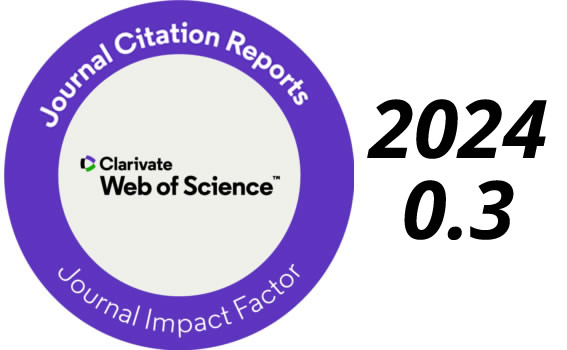k-e Flow Modeling of Osmosis
Palabras clave:
Desalination, Membrane, CFD modeling, ANSYS 12.1Resumen
Several measures have been taken to satisfy global water consumption needs. Desalination has been proven to be a viable solution and has therefore been increasingly used over the past two decades. This research is aimed at making a contribution through the use of numerical modeling to predict the behavior of laminar flow in desalination systems with an incompressible fluid (sea water). The study considered two scenarios— with and without a pressure-driven membrane, the latter enabling the study of the effects of gravity. The theoretical description of flow is based on mass, momentum and energy conservation equations. Computational fluid dynamics techniques were used to simulate flow according to different scenarios using ANSYS 12.1 software. The results show that the membrane significantly influences the flow process, with a significant impact in section x = 0.240 m when beginning to develop in the lower part of the cross-section.Descargas
Número
Sección
Artículos
Licencia
Por Instituto Mexicano de Tecnología del Agua se distribuye bajo una Licencia Creative Commons Atribución-NoComercial-CompartirIgual 4.0 Internacional. Basada en una obra en https://www.revistatyca.org.mx/. Permisos que vayan más allá de lo cubierto por esta licencia pueden encontrarse en Política editorial
Cómo citar
k-e Flow Modeling of Osmosis. (2015). Tecnología Y Ciencias Del Agua, 6(5), 5-16. https://revistatyca.org.mx/index.php/tyca/article/view/1166









